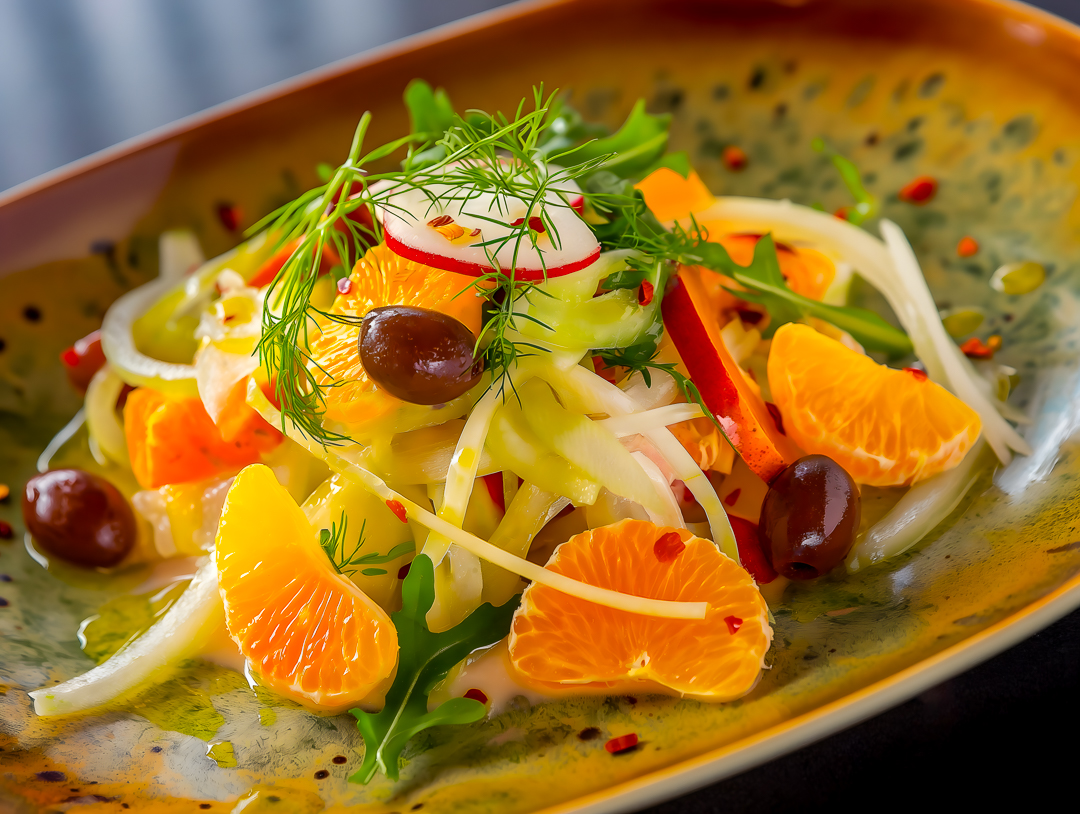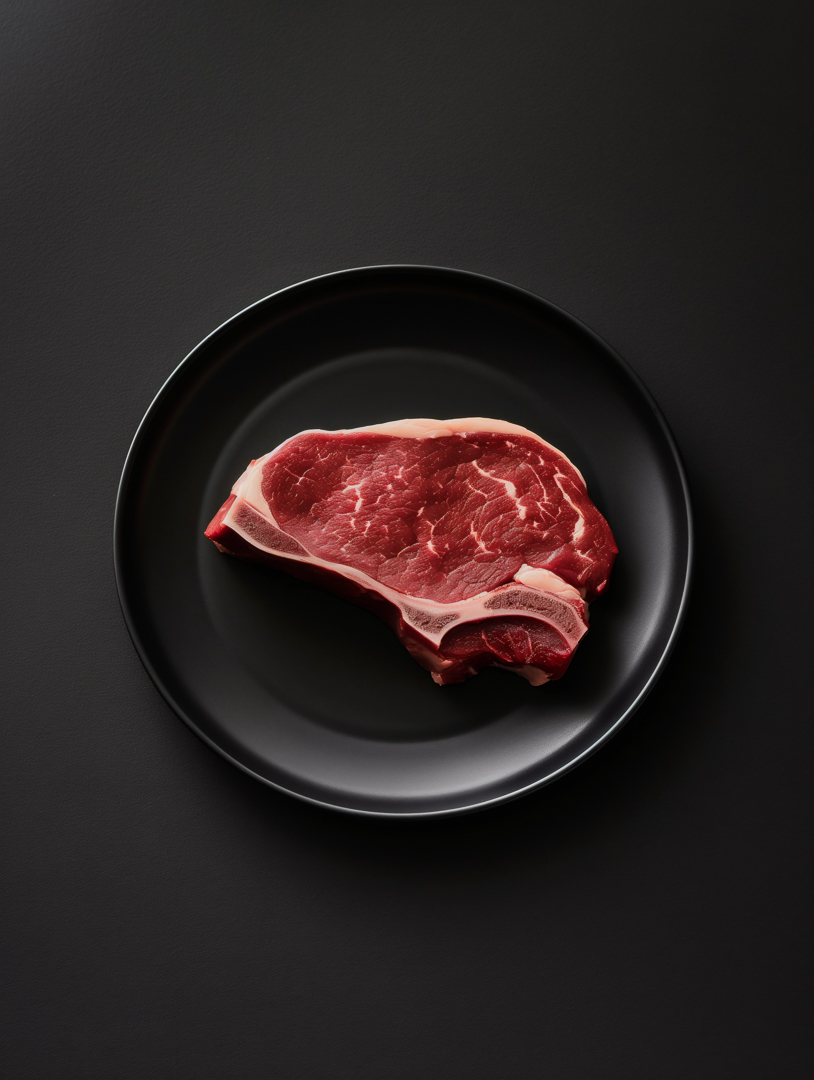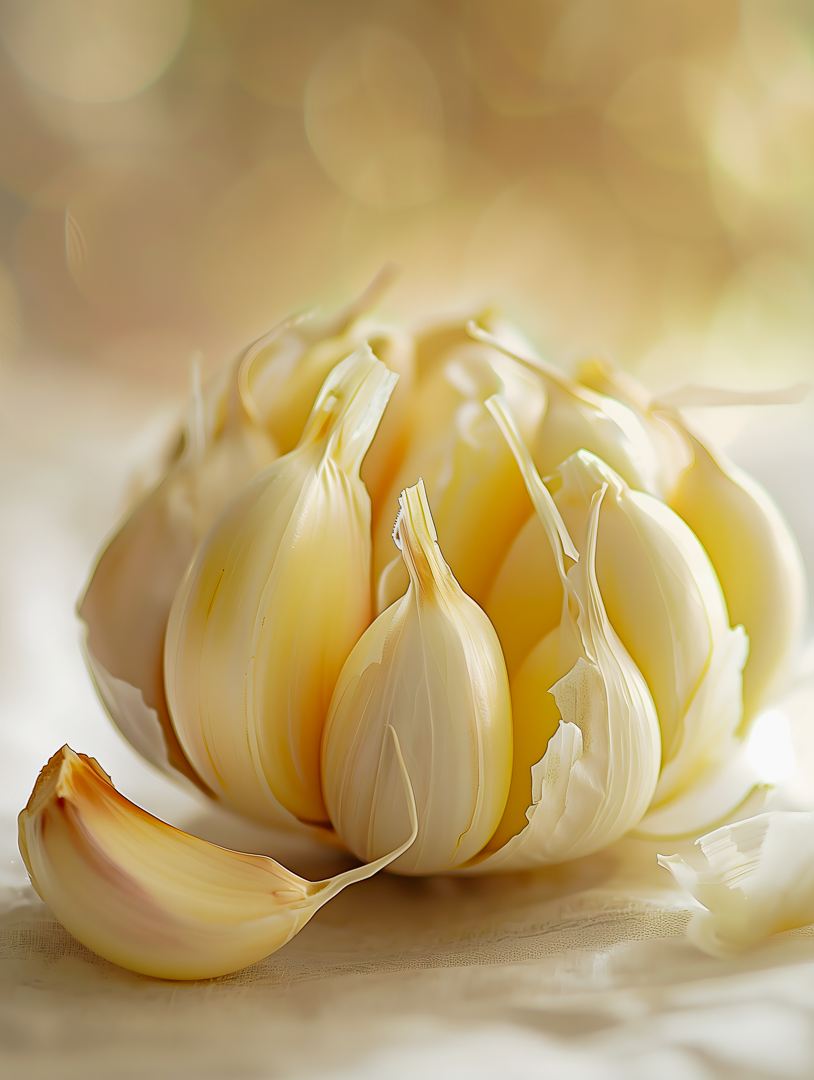
The landscape of food photography is evolving rapidly, driven by advances in technology and shifting consumer preferences. In 2025, AI-generated images are at the forefront of this transformation, influencing how food is presented and perceived. This post delves into the current trends in food photography, examining what’s hot and what’s not, and explores how AI is shaping these trends for the future.
Hot Trends in Food Photography
Hyper-Realism and Detail:
- What’s Hot: Hyper-realistic images that capture every minute detail of a dish are trending. Consumers crave authenticity and precision, wanting to see the textures, colors, and elements that make a dish unique. High-resolution images that can highlight the crispness of a vegetable, the glaze on a dessert, or the steam rising from a hot meal are in demand.
- AI Influence: AI-generated images excel in hyper-realism. Advanced algorithms can create images with an extraordinary level of detail, making it possible to see every grain of salt and every droplet of sauce. This capability allows food bloggers, restaurants, and marketers to present their dishes in the most appealing and authentic way possible.
Minimalist and Clean Aesthetics:
- What’s Hot: Minimalism continues to be a strong trend. Clean, uncluttered images that focus solely on the food are highly popular. This style emphasizes simplicity, allowing the food to be the star of the photo without any distractions.
- AI Influence: AI can easily generate minimalist images, eliminating the need for elaborate setups and props. AI tools can create simple yet stunning compositions, ensuring that the focus remains on the dish itself. This efficiency helps streamline the food photography process, saving time and resources.
Bold Colors and High Contrast:
- What’s Hot: Vivid colors and high contrast images are catching the eye of consumers. Bright, bold colors make food appear more appetizing and visually striking. High contrast can make the elements of a dish pop, enhancing its visual appeal.
- AI Influence: AI-generated images can perfectly balance colors and contrast, creating visually appealing photos that draw attention. AI tools can analyze and enhance colors to make them more vibrant and adjust contrast levels to ensure each element stands out.
Interactive and 3D Images:
- AI Influence: AI is pushing the boundaries of what’s possible with interactive and 3D images. Advanced algorithms can generate 3D models of dishes, allowing for interactive exploration. This technology is particularly useful for online menus and food blogs, where engagement is key.
- What’s Hot: Interactive and 3D images are gaining traction, offering an immersive experience. These images allow viewers to see dishes from multiple angles and interact with the content, creating a more engaging and informative experience.

Trends on the Decline
Overly Stylized and Artificial Setups:
- What’s Not: Overly stylized and artificial setups are falling out of favor. Consumers prefer authenticity and transparency, and setups that appear too staged or fake can feel disconnected from the real dining experience.
- AI Impact: AI-generated images can strike a balance between styled and authentic, ensuring that photos look natural and appealing without seeming overly contrived. This capability helps maintain a sense of realism while still showcasing the food attractively.
Heavy Editing and Filters:
- What’s Not: Heavy editing and filters that alter the true appearance of food are becoming less popular. Modern consumers value honesty and want to see food as it truly is, not through a heavily altered lens.
- AI Impact: AI tools can create stunning images without the need for extensive editing. By producing high-quality photos from the start, AI reduces the need for heavy post-processing, aligning with the trend towards more natural and honest food photography.
Busy Backgrounds and Props:
- AI Impact: AI-generated images often feature clean, simple backgrounds that keep the focus on the food. This minimalist approach aligns with the trend towards uncluttered and straightforward compositions, enhancing the visual appeal of food photography.
- What’s Not: Busy backgrounds and an overuse of props are on the decline. These elements can detract from the food and make photos look cluttered and overwhelming.
Looking Ahead: The Future of AI in Food Photography
As we move beyond 2025, AI is set to continue shaping the future of food photography. Emerging trends include:
Personalized Food Imagery:
- AI will enable the creation of personalized food images tailored to individual preferences and dietary needs. Imagine a food blog where images adjust based on the reader’s dietary restrictions or cultural tastes.
Real-Time Image Generation:
- AI technology will advance to the point where real-time image generation becomes feasible. This capability will allow for instant creation of food images based on current trends and audience preferences, making content more relevant and timely.
Enhanced AI-Driven Analytics:
- AI will not only create images but also analyze their performance, providing insights into what types of food photos resonate most with audiences. This data-driven approach will help content creators refine their visual strategies for maximum impact.

Conclusion
In 2025, AI-generated images are at the forefront of food photography, driving trends and transforming how we capture and present food. From hyper-realism and minimalism to bold colors and interactivity, AI is enabling food photographers and bloggers to push the boundaries of creativity and efficiency. As we look to the future, the integration of AI in food photography promises even more innovation, making it an exciting time for food enthusiasts and content creators alike.